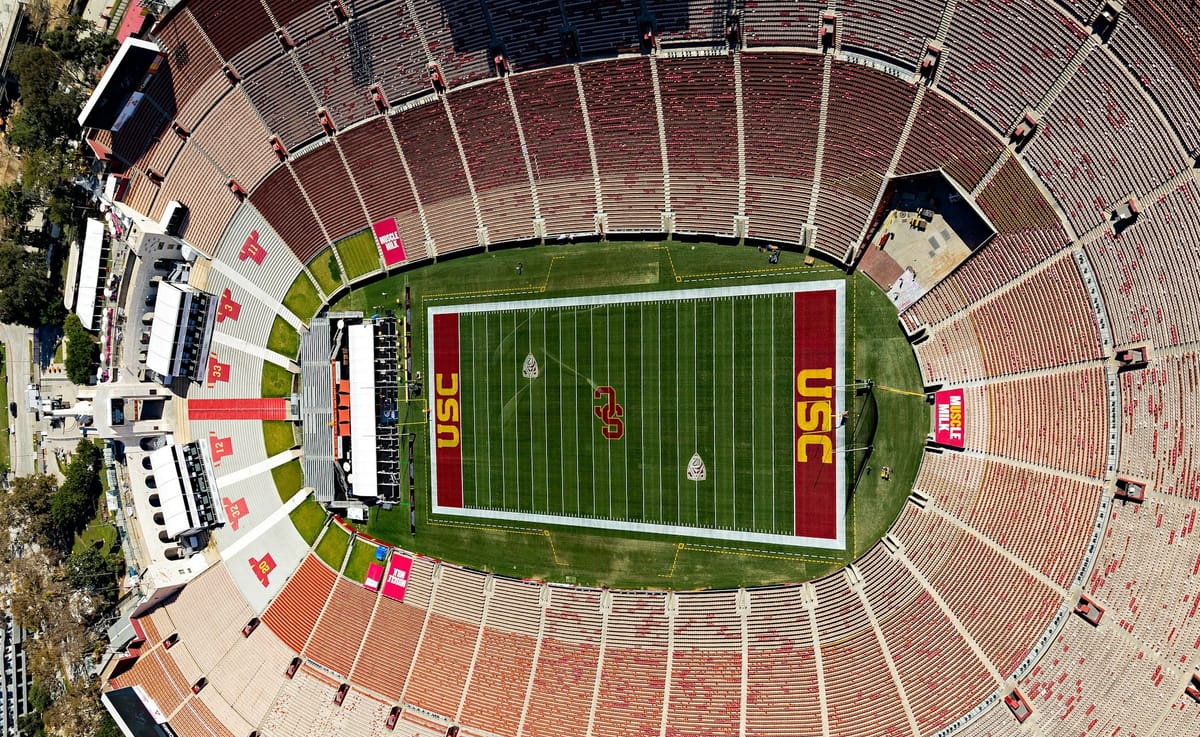Researchers at the University of Southern California (USC) have developed an artificial intelligence algorithm that can isolate brain patterns associated with particular behaviours. The study, published in Nature Neuroscience, could have far-reaching implications for brain-computer interfaces and the discovery of new neural patterns.
Led by Maryam Shanechi, the Sawchuk Chair in Electrical and Computer Engineering and founding director of the USC Center for Neurotechnology, the team created an AI algorithm named DPAD (Dissociative Prioritized Analysis of Dynamics). This innovative tool addresses a major challenge in neuroscience: distinguishing specific brain patterns from the complex, mixed-up electrical activity that occurs when the brain is engaged in multiple simultaneous behaviours.
"Our AI algorithm, named DPAD, dissociates those brain patterns that encode a particular behaviour of interest such as arm movement from all the other brain patterns that are happening at the same time," Shanechi explained. This capability could significantly enhance the accuracy of brain-computer interfaces, potentially improving the quality of life for paralysed patients by allowing more precise control of external devices.
Omid Sani, a former Ph.D. student and now research associate in Shanechi's lab, highlighted the algorithm's unique approach: "A key element in the AI algorithm is to first look for brain patterns that are related to the behaviour of interest and learn these patterns with priority during training of a deep neural network."
The flexibility of DPAD extends beyond decoding movement-related brain patterns. The researchers envision future applications in mental health treatment, where the algorithm could potentially decode mental states such as pain or depressed mood. This could lead to more personalised and effective therapies for mental health conditions.
"We are very excited to develop and demonstrate extensions of our method that can track symptom states in mental health conditions," Shanechi said. "Doing so could lead to brain-computer interfaces not only for movement disorders and paralysis, but also for mental health conditions."

